If you haven’t had children, experiencing leaks while running can feel confusing and disheartening. You might find yourself wondering, “Why is this happening to me?” or assuming that pelvic floor issues are something only postpartum women deal with. But the truth is, leaking isn’t exclusive to those who’ve given birth—and it’s far more common than you think.
Your pelvic floor plays a central role in supporting your body during impact. It works in coordination with your breath, your core, and the way you move.
Why Leaking Happens
For many active women, especially runners, the pelvic floor can become overactive or tight. These muscles are often working overtime—constantly “on” and never fully releasing. And while we might think of tightness as strength, the reality is that a muscle that can’t relax also can’t fully contract. It becomes less effective, less coordinated, and more prone to fatigue. That’s when leaks start to show up—especially during high-impact activities like running.
Breathing patterns also play a huge role. If you’re breathing shallowly into your chest or holding your breath during movement, you’re likely increasing downward pressure into your pelvic floor. Your diaphragm and pelvic floor are designed to work as a team—and when that team is out of sync, it can’t do its job efficiently.
And finally, even if you’re training regularly, you might be missing strength in the muscles that matter most for running: your glutes, deep core, adductors, and even your feet. These muscles help absorb impact and stabilise your stride. If they’re not pulling their weight, your pelvic floor ends up doing more than it should—and symptoms follow.
So… Should I Just Be Doing More Kegels?
If you’ve been doing kegels and still leaking, know this: it’s not about trying harder—it’s about training smarter.
The pelvic floor doesn’t work in isolation. It’s part of a wider system that includes your diaphragm, abdominal wall, and deep back stabilisers. Together, this system manages intra-abdominal pressure, stabilises your pelvis, and supports your movement with every stride.
True pelvic floor strength begins with the ability to fully relax. That might sound counterintuitive, but if your pelvic floor is stuck in a contracted state—something that’s surprisingly common—it can’t generate the power and control needed to support you during movement. Before strength can be built, restoring muscle function and balance is key.
Your Breath Is Your Secret Weapon
That’s why we focus on 360° breathing. This breath technique trains your diaphragm and pelvic floor to work together. On the inhale, your breath should fill your ribs to the sides and back—like a jellyfish opening—before overflowing into your belly. This allows your pelvic floor to soften and lengthen. On the exhale, the pelvic floor gently lifts and contracts.
If you’re not able to feel this yet, your system is likely holding onto tension. That’s where release work and gentle movement come in—opening tight hips, ribs, and the pelvis so your breath and pelvic floor can move freely.
When breath, mobility, and strength come together, the pelvic floor becomes responsive—not reactive. That’s when leaks stop—and confidence returns.
Rebuilding Your Running Strategy
Running places a unique demand on your body. With every step, your pelvic floor must absorb impact, stabilise your pelvis, and manage shifting pressure. If you’re leaking while running, it’s not about stopping—it’s about rebuilding your foundation and moving forward with a smarter strategy.
Start by adjusting your mechanics. Try shortening your stride, landing with your foot under your centre of mass, and maintaining a gentle forward lean. This alignment reduces braking forces that travel up the body and overload the pelvic floor.
Make sure you’re breathing with your movement—holding your breath, especially during hills or sprints, is one of the fastest ways to overload your system. Pair your exhale with effort, and focus on rhythm and flow in your stride.
Most importantly, strengthen the areas that support your pelvic floor—your glutes, adductors, deep core, and feet. These muscles help absorb impact so your pelvic floor doesn’t have to carry the full load alone.
This is exactly what we teach in Pelvic Floor Strength for Runners—an expert-designed 8-week program that rebalances your core system by focusing on breath, pelvic floor coordination, and strength. You’ll improve impact absorption, reduce leaks, and run with more confidence than ever.
The Bottom Line
Leaking while running isn’t something you have to accept—whether you’ve had kids or not. It’s a message from your body asking for support—not a sign that you’re broken.
When you understand the connection between breath, pressure, movement, and pelvic floor function, you can start running stronger—with control, confidence, and freedom.
And you don’t have to do it alone. We’re here to support you every step of the way.
Ready to Stop Leaking and Run with Confidence?
Pelvic Floor Strength for Runners is a proven 8-week program to help you:
✔ Retrain your breath and reduce pressure
✔ Strengthen your pelvic floor and the muscles that support it
✔ Follow a running progression built for real-life impact
Join 1,000+ women running strong, leak-free, and confident.



